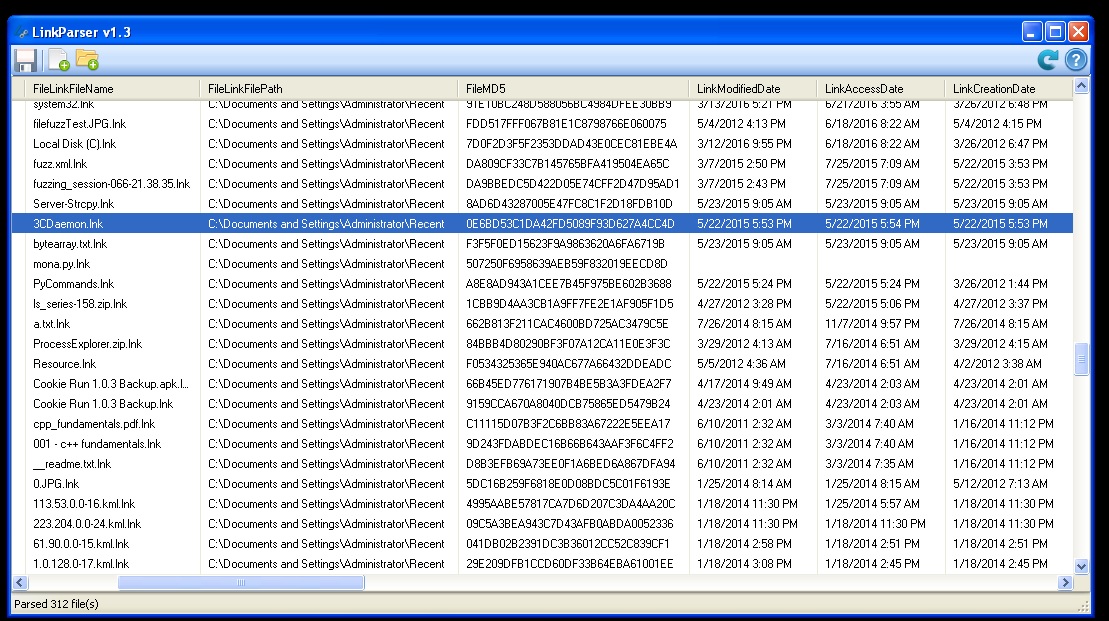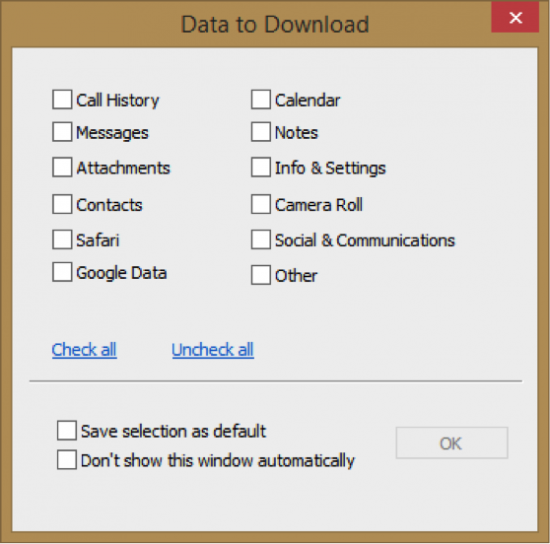


iPhone 7, iPhone 7 Plus and iPod touch (7th generation): Press and hold both the Top (or Side) button and the Volume Down buttons until you see the Apple logo.Then press and hold the Side button until you see the Apple logo. Press and quickly release the Volume Down button. iPhone 8 or later: Press and quickly release the Volume Up button.Then press and hold the Power button until the device restarts.
 iPad models with Face ID: Press and quickly release the Volume Up button. You can force-restart your device even if the screen is black or the buttons aren’t responding. A force-restart won’t erase the content on your device.
iPad models with Face ID: Press and quickly release the Volume Up button. You can force-restart your device even if the screen is black or the buttons aren’t responding. A force-restart won’t erase the content on your device. 
If your screen is black or frozen, you might need to force-restart your device. Perform a force restart of the device by following instructions laid out in “If your screen is black or frozen”: Connect the device to a computer with iTunes installed. The recovery mode is well-documented in “If you can’t update or restore your iPhone, iPad, or iPod touch”. How to switch the device into recovery mode
Your computer doesn’t recognize your device or says it’s in recovery mode, or you see the recovery mode screen. I have personally seen this multiple times after unsuccessful iOS updates (the latest case being the almost-full iPhone 7 updated from iOS 9 straight to the latest iOS 13.3). The device cannot fully boot the display is stuck on the Apple logo for several minutes with no progress bar. Activation lock: following the reset, you’ll have to provide the Apple ID/iCloud password of the device’s Apple ID account. You forgot the screen lock passcode and want to reset the device to factory settings. If this is the case, you must switch the device to recovery mode and connect to iTunes to restore. In many cases, connecting the device to iTunes will be unsuccessful because the data connection of the device is blocked with USB restricted mode. Your iOS or iPadOS device is locked after multiple unsuccessful unlock attempts and displays the infamous “Connect to iTunes” message. The recovery mode comes handy if one of the following situations occurs: According to Apple, you can put your iOS or iPadOS device in recovery mode to restore it using your computer. The recovery mode is the easiest to explain. What is DFU, and how is it different from the recovery mode? How do you switch the device to recovery, DFU or SOS mode, what can you do while in these modes and what do they mean in the context of digital forensics? Can you use DFU to jailbreak the device and perform the extraction if you don’t know the passcode? Read along to find out. The True Meaning of iOS Recovery, DFU and SOS Modes for Mobile Forensics








 0 kommentar(er)
0 kommentar(er)
